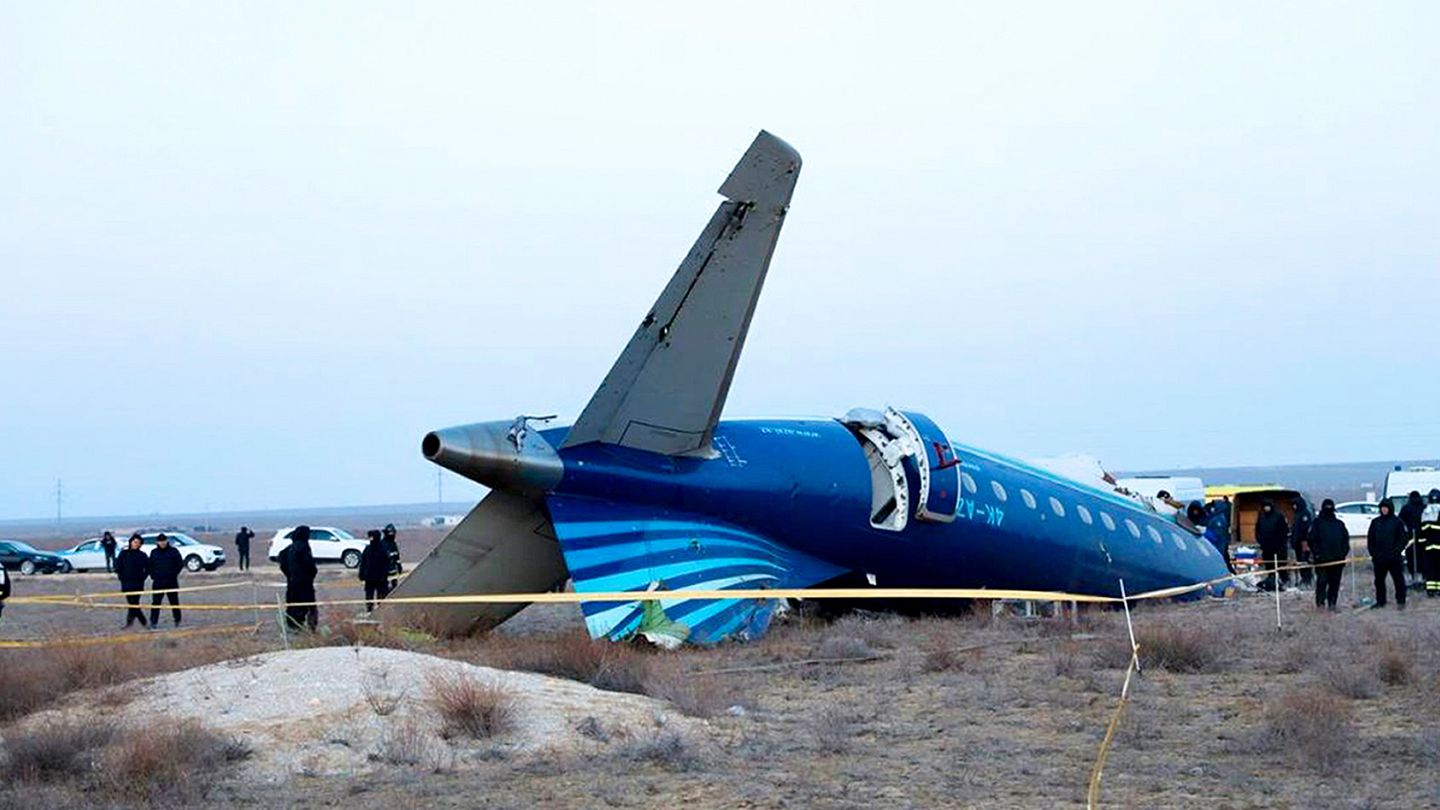Preliminary Report Offers Little Insight on Hawker Crash
A preliminary report on the recent Hawker aircraft crash has been released, yet it offers scant information on the factors leading to the tragic event. As aviation authorities and the public alike seek answers, the report has done little to clarify how and why the accident occurred. This article delves into the initial findings and the ongoing challenges faced by investigators in uncovering the causes behind the crash.
Initial Findings Reveal Minimal Details on Hawker Crash

The preliminary report on the Hawker crash, released by the National Transportation Safety Board (NTSB), has left many questions unanswered. While the document outlines the basic facts of the disaster, it falls short of providing any definitive insights into its underlying causes. According to the report, the aircraft departed normally but encountered issues shortly after takeoff, leading to its abrupt descent. However, it lacks any conclusive evidence as to what may have triggered this critical malfunction.
Witness statements documented in the report describe a seemingly routine flight during its initial moments, adding to the complexity of the investigation. Observers recounted that the aircraft appeared stable until it suddenly veered off course, which occurred without any prior indications of distress. This unexpected sequence of events has left aviation experts puzzled, as there were no immediate signs of mechanical failure or adverse weather conditions that could have contributed to the crash.
Furthermore, the report notes that both pilots were experienced and had logged significant flight hours on the Hawker model, raising further doubts as to human error being the primary cause. The detailed examination of the airplane’s wreckage and black box data is ongoing. However, the preliminary findings have yet to identify any anomalies, leaving a substantial gap in understanding the factors that led to the catastrophic incident.
Investigators Struggle to Uncover Hawker Crash Causes

As investigators dig deeper into the Hawker crash, they face several obstacles that hinder their ability to determine the cause of the accident. One of the primary challenges is the extensive damage to the aircraft, which has complicated the recovery and analysis of critical components. The impact severely compromised the structural integrity of the plane, making it difficult to piece together the sequence of mechanical failures, if any, that led to the crash.
The examination of flight data recordings has also proven to be convoluted. While investigators have managed to recover the cockpit voice recorder and the flight data recorder, both devices suffered significant damage in the crash. Efforts to retrieve usable data are ongoing, but technicians have cautioned that the data’s condition may limit its utility in piecing together a comprehensive picture of the aircraft’s final moments.
Additionally, the lack of concrete leads from the preliminary report has complicated the investigation process, as it provides limited avenues for further exploration. The investigative team continues to explore various possibilities, including mechanical error, pilot error, and environmental factors, but without a clear starting point, progress remains slow. The aviation community, along with the families of those involved, anxiously awaits more detailed findings that could shed light on this perplexing incident.
The preliminary report on the Hawker crash has done little to illuminate the causes of the tragic incident, leaving investigators grappling with numerous uncertainties. As they work through the complex web of potential factors, the aviation industry and affected families continue to seek clarity and closure. While the initial findings have been sparse, the hope remains that further investigation will eventually unravel the mystery behind this devastating loss, ensuring that lessons are learned and future tragedies are prevented.



